If you are real adventure seekers and want to explore the adventurous trails of Nepal, then what are you waiting for? Grab life by the bars and join our Mountain Biking / Cycling tour. Nature Trail Travels & Tours, Trekking & Expedition has been putting them together for years — not just bike tours, but epic, unique experiences for riders of all abilities. This tour has been specially designed for any cyclist looking to achieve riding goals, build fitness or log big miles in a beautiful place. Here, we focus on nothing but rides, rest and relaxation in some of the best destinations on Nepal like: Dhulikhel, Nagarkot, Kulekhani and Daman.
01Arrival
02Set out a bike ride from Kathmandu to Panauti – 32 km
03Cycling from Panauti to Dhulikhel – 35 km
04Cycling from Dhulikhel to Nagarkot enroute Bhaktapur sightseeing
05Rest day at Nagarkot
06Cycling from Nagarkot to Godawari via Surya Binayak & Lubhu
07Cycling from Godawari to Dakshinkali via Bungamati
08Cycling from Dakshinkali to Daman via Kulekhani Dam site – 72 km
09Cycling from Daman to Kathmandu – 91 km
10Final Departure
Arrival at Tribhuvan International Airport. Upon arrival, meet and transfer to hotel
Set out a bike ride from Kathmandu to Panauti – 32 km
Panauti is located 32 kilometers South-East of Kathmandu. Our journey begins from Kathmandu to Patan, another historically enriched site. Further cycling, we reach a quiet Newari village of Sisneri. Regardless the fact being near to capital city, this village is still off the beaten path by tourist. For a photographer, this place is a true paradise offering a natural lush green hillside and a natural pool. With the contrast of richly colored villages against a backdrop of snowcapped mountains, we further ride on an ascending trail 500 meters ahead. This is probably the oldest route east out of Kathmandu Valley, connecting the ancient cities of the valley with Panauti. It is wild trail downhill to Panauti. Indreswor Mahadev Temple in Panauti is the oldest surviving temple in Nepal, believed to be constructed in 1294A.D.
Cycling from Panauti to Dhulikhel – 35 km
Today, you have two choices; either you cycle of the road and climb up to Dhulikhel, or you can ride in a more adventurous track, which goes more steeply up through terraced fields to the Buddhist pilgrimage temple of Namo Buddha and then descend down to Dhulikhel. This involves a ride of about 35 kilometers. Upon your arrival at Dhulikhel, check-in to the hotel and graze a fantastic sunset view.
Cycling from Dhulikhel to Nagarkot enroute Bhaktapur sightseeing
We have to ride through a downhill trail on a little-used tarmac road towards the mediaeval town of Bhaktapur in order to reach Nagarkot. Bhaktapur literally means place of devotees is an ancient Newari city. Bhaktapur has the best preserved palace courtyards and old city center in Nepal, and is listed as a World Heritage Site by UNESCO for its rich culture, temples, and wood, metal and stone artworks. The most famous ancient historical sites like: 55 window Palace, Batsala Temple, Statue of Bhupatindra Malla, Nyatapola Temple, Golden Gate, etc. are located in Bhaktapur Durbar Square.
Rest day at Nagarkot
Cycling from Nagarkot to Godawari via Surya Binayak & Lubhu
Cycling from Godawari to Dakshinkali via Bungamati
Cycling from Dakshinkali to Daman via Kulekhani Dam site – 72 km
Leaving Kulekhani Lake behind, we take the road north along the eastern shore to Markhu (1600m), a small, newly built village (with lodges) at the reservoir’s northern extremity. From Markhu, a rough spur road heads northeast for Thankot, on the Prithvi Highway; a longer but better-graded route heads 13km northwest on a good, pine-shaded road to join the Tribhuvan Raj path 15km north of Daman. We pass through different small villages; Taukhel, Bajra Barahi, Palung, Thana Bazaar and Shikarkot Bazaar. This road is a Prithvi Highway which links Nepal to India. Anyone fancying an introduction to Himalayan hill climbing (14km) can spin all the way up to Simbhanjyang. Daman is famous for its View Tower fitted with long range telescopes from where one can see widest panoramic views of the Himalayas. It has a great view of the mountains from Dhaulagiri to Mt Everest. For the view of the Breath taking grandeur of the world’s highest peaks extending in one glittering are from far-east of Sagarmatha (Mt. Everest) there is no better place than Daman.
Cycling from Daman to Kathmandu – 91 km
After breakfast in the hotel, descend down to Palung valley retracing our foot steps back on the same trail. Then we follow a long broken tarmac road to Satghumti and further up to Naubise. From this small town we ride back to Kathmandu and transfer to the hotel.
Transfer to airport for departure
Mountain biking is a young sport in Nepal. The trail and excitement involved in the sport is making it popular day by day. Lots of Nepali has taken seriously to make the sport and their dedication is such that Nepal ranked fifth in the Asian mountain bike cross country championship in 1999 in a short span of time.
The foothills of the Himalayas are a mountain biker’s paradise. World class rides are accompanied by breathtaking mountain vista’s. You’ll be in touch with centuries-old culture, fresh mountain air, great trails and of course the greatest range of snow-capped peaks in the world. Please note that the mountain biking adventure is a living tour which is affected by multiple factors such as changing weather conditions, group riding abilities, trail damage, and many more. Your local guides are experts in guiding mountain bikers in the Himalayas of Nepal and will be continually assessing these factors and making tweaks to the itinerary where necessary to ensure that every member of the group has the best possible experience.
What do I wear?
Helmets are compulsory. We recommend polystyrene helmets complying with ANSI Z90/4 or SNELL standards. Cycling shoes, shorts and jerseys are also recommended for your safety and convenience but you can wear what you like and are comfortable with. Many dress up to make it a really fun day.
Where can you cycle in Nepal?
Biking in Nepal doesn’t mean the equivalent of climbing Everest as tours are available for the casual cyclist through to the masochistic adventurer without compromising on the beauty of the trails and terrain. Many rides include heart stopping downhill’s with kilometers of hairpin turns, lots of single tracks (off-road trails) that thread through emerald-green rice fields, remote village sanctuaries, river & gorge verges, pilgrimage power centers and sacred Hindu/Buddhist sites of the region. Itineraries lead you on secret trails and by-pass the trekkers trails whilst enter rarely visited pockets of Kathmandu Valley, Pokhara, Chitwan and beyond. Keep your eyes open and camera ready as you enter a time warp to capture images of timeless farming villages, hidden temples, ancient kingdoms teeming with gods, and the Terai jungles teaming with wildlife. Festivals and colorful ceremonies abound throughout the year given there are more than 50 languages and 70 ethnic groups in Nepal alone
What should i bring?
Much of what you should bring depends upon the type of tour your will choose. A one to three day trip around Kathmandu Valley with an agency will usually have all gear provided. Keep in mind, there are no ‘real’ biking shops or outfitters in Nepal; only agencies for trips. These places may be able to help you with parts and tune-ups, but supplies will be limited. For longer trips, bring the gear you would use in your own country to make your trip a more pleasant experience.
Can i rent bikes?
Many bikes are available for rental in Kathmandu and Pokhara. Prices vary according to bike quality and rental time. Bargaining is appreciated. A deposit is usually required but you are not required to give your passport (and this is not recommended). You can simply give scan copies of your passport in order to hire a mountain bike.
Can i get my bike through customs?
Yes, you can bring your own bicycle to Nepal. Note: shipping any expensive item into any Asian country can be a lesson in patient; like the fellow that received his bike minus the seat!
One way to avoid problems with customs officials asking for import duty is to explain that you are a tourist and the bike will leave the country with you. They may give you a receipt to include in your passport to make sure you do not sell your bike in the country, but rarely is this receipt asked for upon departure.
Tour Grading Systems
Each tour is classified with a grade as explained below. If you are in any doubt about your suitability, be it through inexperience or even over-experience; please let us know for the same.
Grades:
Factors affecting grading include: degree of up/down, difficulty of the surfaces to be ridden, amount of bike handling skill required, distances covered and other factors such as heat, altitude or remoteness. All our trips require basic fitness, preferably acquired through riding your bike, and please remember that any cycling involves some physical exertion, so you cannot expect that you will not feel tired on an ‘easy’ trip. NB Conditions for a particular holiday may vary from one month to the next. The main benefit of grading is to provide an overall indicator to compare one trip against another.
Easy– Suitable for anyone who can ride a bike and can manage a bit of exercise. No routes are 100% flat, so expect some climbs and descents.
Moderate– Ideal for occasional cyclists and above, or a relaxing trip for better riders. Reasonable fitness required such as cycling, hard walking or similar once or twice a week.
Strenuous– Suitable for fit & confident riders. Fitness is more important than ethnical ability for trips of this level, and some specific training or preparation is recommended, e.g. running, cycling, swimming or aerobics two to three times a week (preferably cycling!)
Tough– Long cycling days and tougher terrain (for both on- and off-road trips) requiring specific experience of more demanding and technical cycling. Vehicle support may be more limited. You should be very confident of your physical condition and bike handling skills.
Very Tough– Experienced, fit cyclists and above who are happy to undertake a more expedition-style tour. Off-road experience is essential, including riding on rough, steep surfaces and single-track. Itineraries will include long cycling days in hot conditions with basic facilities; altitude may also contribute to this grade. High level of fitness is required, which can be achieved through regular aerobic training.

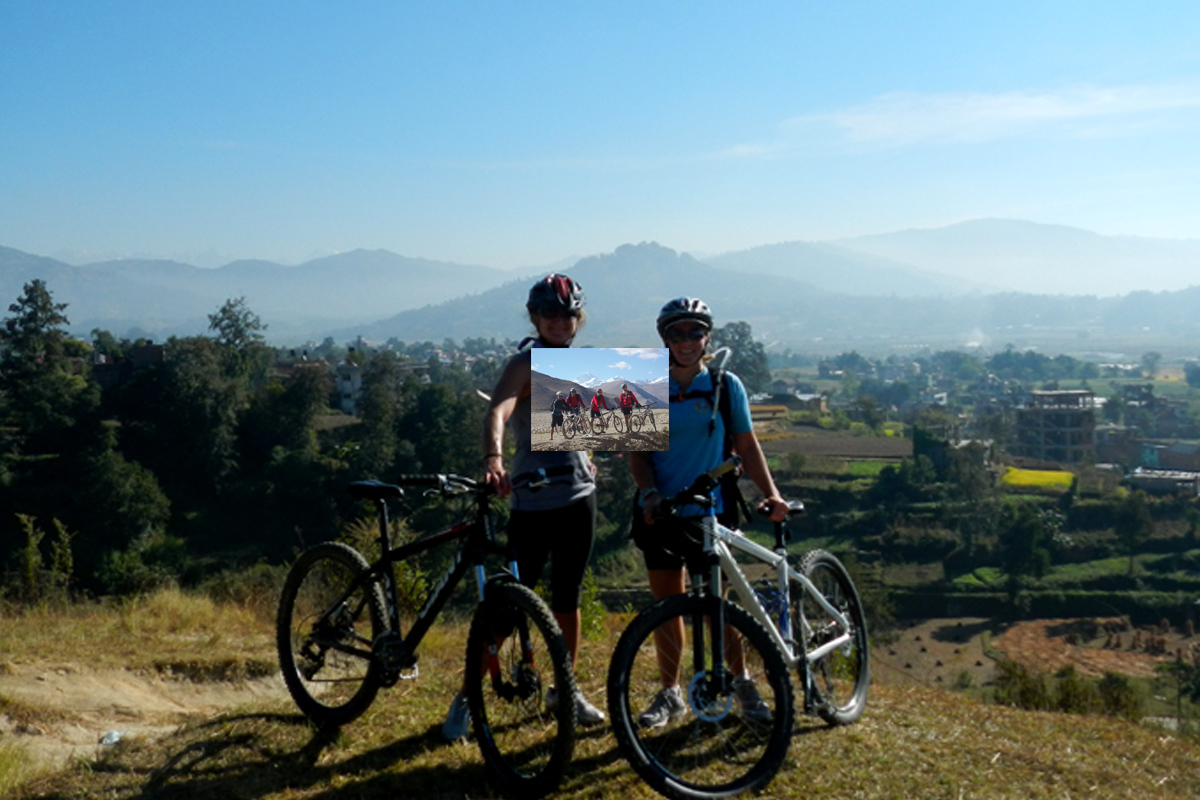
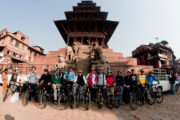
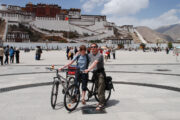
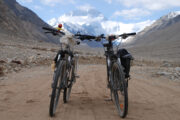
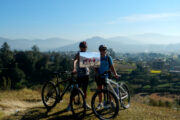
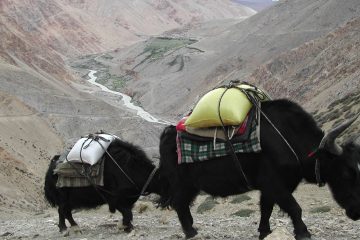
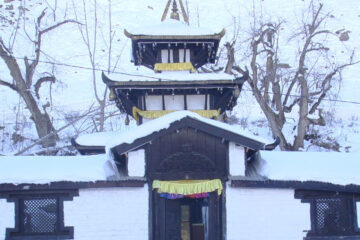
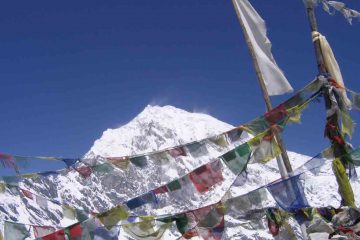
Tour Reviews
There are no reviews yet.
Leave a Review